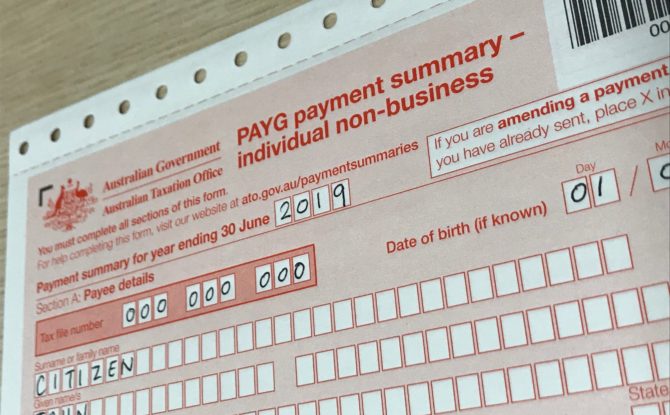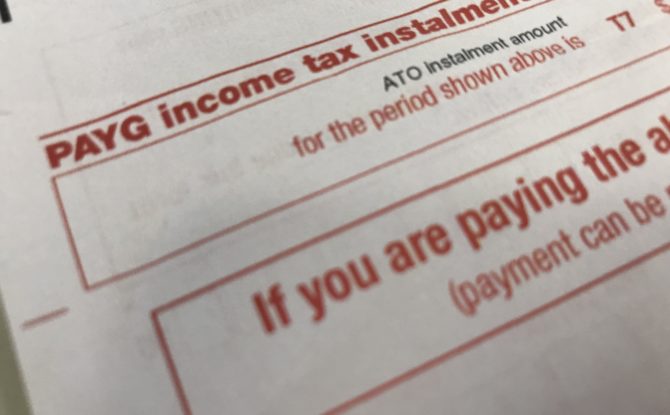2019/20 is the first financial year that you can take advantage of the new carried forward concessional contributions measure that commenced on the 1 July 2018.
To be eligible, your total super balance must be less than $500,000 at 30 June 2019. If it is, then you may be able to make additional concessional contributions in the 2019/20 financial year.
What does this mean?
Essentially any unused contribution cap from the 2018/19 year can be carried forward to the current year. As an example if a member only made a concessional contribution of $10,000 in the 2019 year, they can bring forward the remaining amount of the cap $15,000 ($25,000-$10,000) and add it to their 2019/20 cap. This would mean that the concessional contribution cap for the 2019/20 increases to $40,000 ($25,000+$$15,000) for that member.
This option would be something to consider if you’re expecting a higher taxable income in the 2019/20 year as personal concessional contributions are tax deductible. Going forward it would be possible to carry forward unused cap limits for 5 years (starting with the 2018/19 year).
Below is a table the ATO have provided to illustrate how the unused cap works:
Table 2: Unused concessional cap carry forward
| Description | 2017–18 | 2018–19 | 2019–20 | 2020–21 | 2021–22 |
|---|---|---|---|---|---|
| General contributions cap | $25,000 | $25,000 | $25,000 | $25,000 | $25,000 |
| Total unused available cap accrued | Not applicable | $0 | $22,000 | $44,000 | $69,000 |
| Maximum cap available | $25,000 | $25,000 | $47,000 | $25,000 | $94,000 |
| Superannuation balance 30 June prior year | Not applicable | $480,000 | $490,000 | $505,000 | $490,000 |
| Concessional contributions | nil | $3,000 | $3,000 | nil | nil |
| Unused concessional cap amount accrued in the relevant financial year | $0 | $22,000 | $22,000 | $25,000 | $25,000 |
It can get confusing which is why you should seek professional advice before making contributions in excess of the annual cap. Getting it wrong can cause excess concessional contribution issues.
If you would like more information on carried forward concessional contributions caps, please contact us.
Aston Accountants can provide you with SMSF Advice with regards to making contributions to super. If you would like us to assess your personal situation and whether you can utilise the carry forward concessional contributions, please speak to us.






